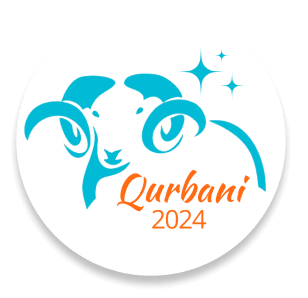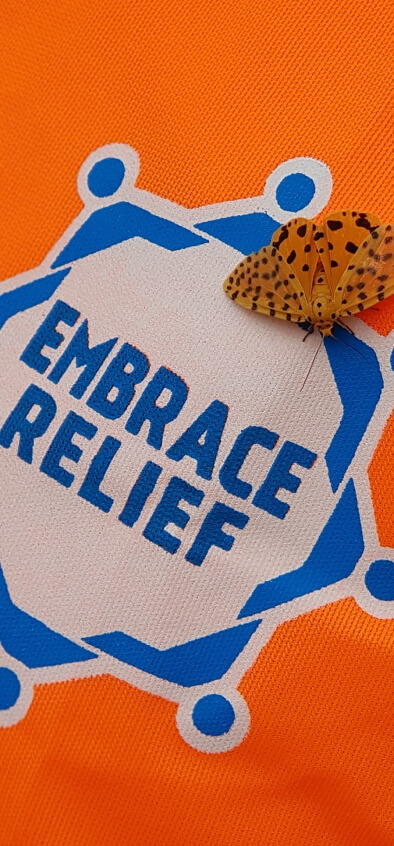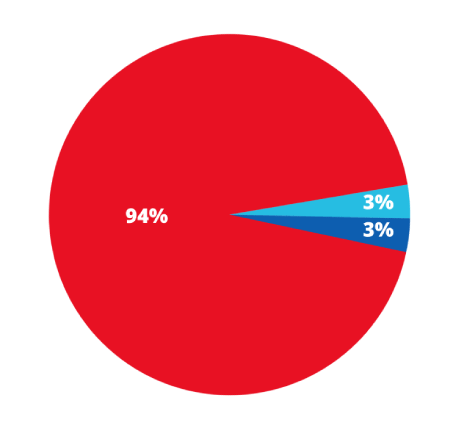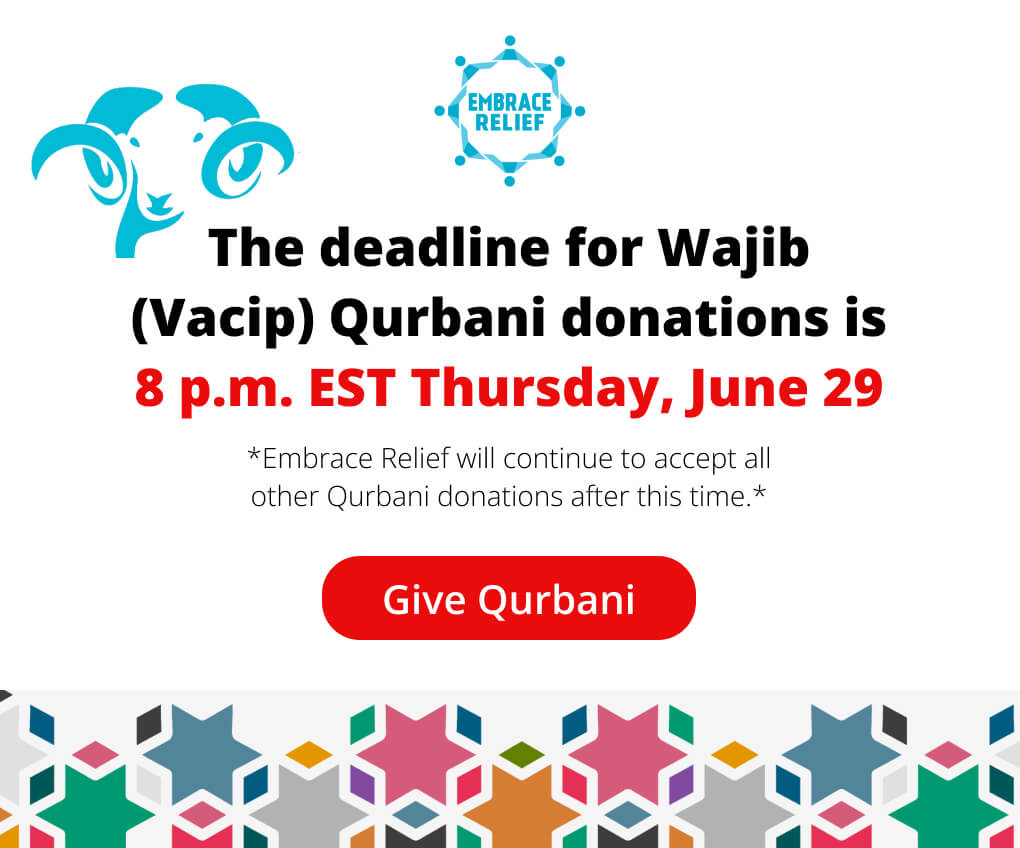Like any of humanity’s inventions, social media is a tool, neither inherently good nor evil. It has the effect of intensifying our natural inclinations. At worst, it can distance users and promote antisocial behavior.[1] Counteracting the negative aspects of social media, NGOs tend to appeal to our better instincts by using various platforms to unite benefactors and facilitate positive change.[2] At its most basic level, NGOs create bonds between donors and recipients.
By nature, humans are social creatures. Our health – mental, emotional, physical – and survival are dependent on our affiliations and positions in our social spheres.[3] Social media naturally appeals to us, because it offers us connectedness and expands our public spheres, where people are more inclined to engage in behavior benefiting the common good. Since NGOs host positive online environments, they empower users and engender altruistic acts.[4]
Furthermore, participants who use social media – merging their social sphere with others – are influenced by the “consensus” within that social environment.[5] For example, the Ice Bucket Challenge in 2014 was established in order to raise awareness for a debilitating neurodegenerative disease, commonly referred to as ALS or Lou Gehrig’s disease. Although it originated with the purpose of spreading awareness of the disease, it garnered widespread attention particularly because it became a popular social activity. Participants can nominate others to complete the same challenge and donate afterward. This example is a classic indication of social media’s expertise in diffusing across different social spheres whilst forming a nexus between disparate groups.
The result: The ALS Association raised $115 million[6] over the course of three months.
This is particularly noteworthy considering that the campaign cost little in terms of marketing expense. Interestingly, the credit for creating the Ice Bucket Challenge belongs to Charles Kennedy, a golfer in Florida, who had been nominated by a friend. Connecting the activity to curing ALS, he completed the challenge and nominated others. With the help of his friend, Pete Frates, they brought the challenge to a wider audience by posting a video nominating friends and celebrities such as Patriots quarterback, Tom Brady.[7]
The explanation of this particular campaign’s success can be explained by the results of a study by Gregory Saxton. This study, which examined the effect of social media[8] on small NGOs, has shown that the frequency and magnitude of online donations are affected by the “number of friends” supporting the cause. This prediction is significant because it demonstrates why people donate for reasons other than pure altruism. In fact, it distinctly implies a social pressure, dubbed the “social network effect,” placed on the groups that result in spontaneous altruism.[9]
In “Tweeting Social Change,” researchers Saxton and Guo found that the “highly interactive framework” of, as well as the autonomy afforded by social media, often strengthen constituency engagement, especially when employed across multiple platforms.[10] This structure has a number of benefits, the first being that it builds communities based on mutual interest, which is a prerequisite for generating social innovation.[11] Secondly, the fluidity with which “supporters” can join or exit from an organization demands that NGOs adapt, revise and evolve in order to continually meet the needs of constituents and recipients of their services.
Social media is only as moral as the people who use it. For instance, it can be utilized to cross boundaries – political, religious, national, etc. – and unite diverse peoples in a single cause for a period of time. On a more fundamental level, NGOs use social media to make the person on the other side of the world as real as your next-door neighbor. When that happens, it lays the cornerstone of all social innovation: Empathy.
The human capacity for empathy is ultimately what an NGO that utilizes social media strives to nurture. Connecting humanity in order to benefit people in need is the optimal outcome. However, such platforms are not just to alert donors of tragedies, but triumphs and victories achieved. Ultimately, an NGO uses social media as the groundwork to build bridges of love and kindness.
[1] Ma, H. K. (2011). Internet Addiction and Antisocial Internet Behavior of Adolescents. The Scientific World JOURNAL, 11, 2187-2196. doi:10.1100/2011/308631
[2] Parkyn, R. (2017, May 1). The role of social media in development. Retrieved from https://blogs.worldbank.org/publicsphere/role-social-media-development
[3] Young, S. N. (2008, September). The neurobiology of human social behaviour: an important but neglected topic. Retrieved from https://www.ncbi.nlm.nih.gov/pmc/articles/PMC2527715/
[4] Guo, C., & Saxton, G. D. (2013). Tweeting Social Change. Nonprofit and Voluntary Sector Quarterly, 43(1), 57-79. doi:10.1177/0899764012471585
[5] “How Altruism Goes Viral on Social Media.” Cambridge Social Decision-Making Lab, 27 Apr. 2018, www.sdmlab.psychol.cam.ac.uk/news/viralaltruism.
[6] “ALS Ice Bucket Challenge Commitments.” ALSA.org, www.alsa.org/fight-als/ice-bucket-challenge-spending.html.
[7] The Telegraph. (2014, August 20). How the ALS Ice Bucket Challenge started. Retrieved from https://www.telegraph.co.uk/men/the-filter/virals/11046482/How-the-ALS-Ice-Bucket-Challenge-started.html
[8] Saxton, G. D., & Wang, L. (2013, April 23). The Social Media Effect: The Determinants of Giving Through Social Media. Retrieved from https://journals.sagepub.com/doi/abs/10.1177/0899764013485159
[9] Guo, C., & Saxton, G. D. (2013). Tweeting Social Change. Nonprofit and Voluntary Sector Quarterly, 43(1), 57-79. doi:10.1177/0899764012471585
[10] Ibid.
[11] APCO Worldwide Inc. (2014). Social Enterprise Messaging Guideline. Retrieved from https://redf.org/app/uploads/2014/10/REDF_SEMessagingGuidelines_Final.pdf




















